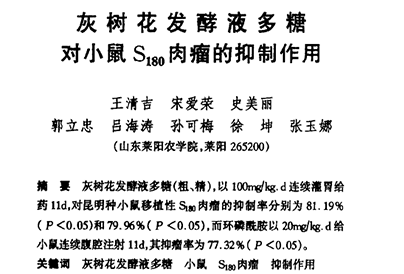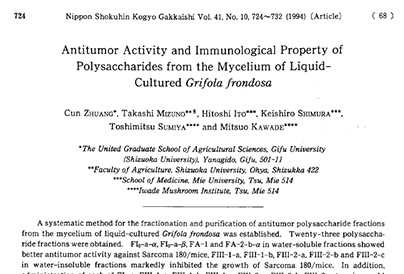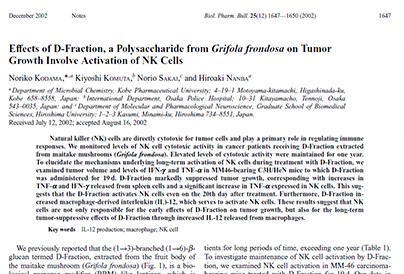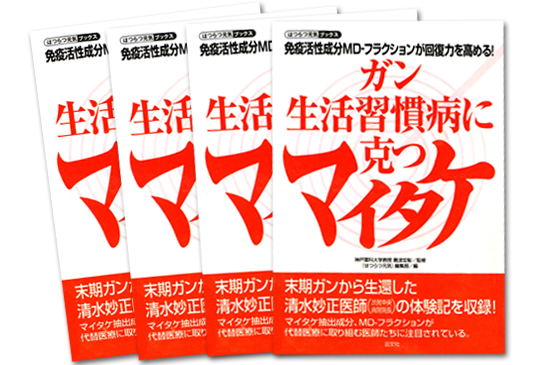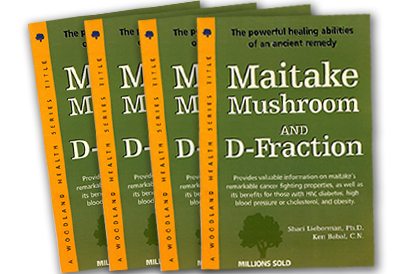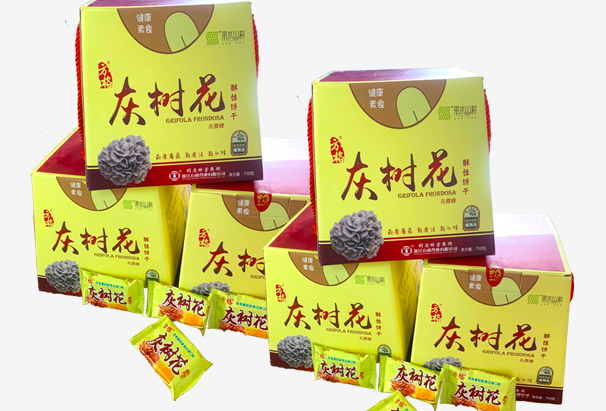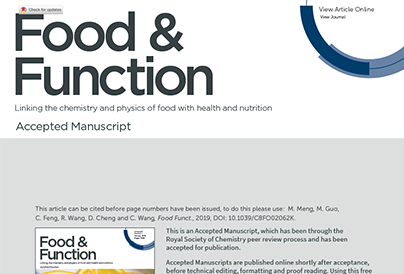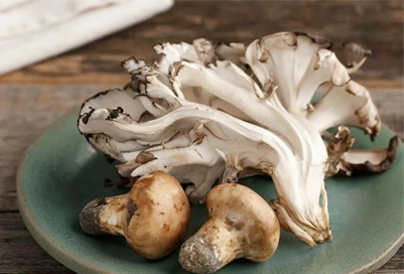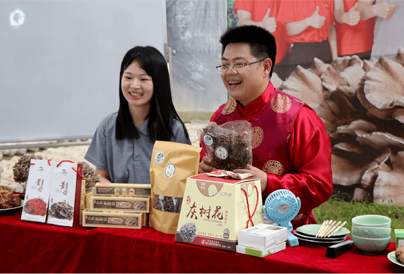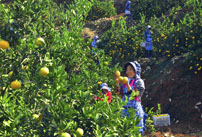In the minds of our people, longevity is a sign of enjoying a happy life. The traditional Chinese five blessings, namely blessing, wealth, longevity, happiness and wealth, represent the life values and happiness of Chinese people. Five blessings and longevity are the first. Only the existence of life itself can one possess and realize other life desires, such as brilliant career, prominent official position, prosperous wealth, living in peace and contentment, good luck, etc., so as to achieve the ultimate happiness in life. Therefore, since ancient times, the pursuit of health, longevity, and longevity has become the most ardent yearning and wish of the Chinese people, entrusting mankind's passion and longing for a perfect life.
In the record book of the years, we examine the past and find that the Chinese have never stopped their pursuit of longevity. Whether it is the stories of the three emperors and five emperors praying for longevity, such as Qin Shihuang’s seeking immortality, Han Wudi’s alchemy, and various wonderful legends about longevity, such as Chang'e stealing the elixir and Peng Zu being not old, they all revolve around the eternal theme of life-longevity-doing the best Interpretation.
These beautiful myths are still weaving our beautiful dreams of longevity. In addition, there are numerous poems, poems, magnificent scrolls, and various works of art about longevity. For thousands of years, the longevity culture has taken life as the theme in many artistic fields such as literature, painting, music, and expressed in a variety of art forms. It has a long history and is eternal and immortal, making the profound and solemn longevity culture full of romance. Strange and colorful. This is the Chinese people's imaginative understanding of longevity culture, and it is also a form of expression that creates joy in life.
It can be said that health and longevity are the beautiful vision that the people of the country yearn for. It is also the blessing and prayer for every life, and it is the inner motivation for us to pursue happiness and move forward. China’s longevity culture seems to have permeated our blood as a tradition and habit.
However, it is regrettable that although my country is currently the most populous country in the world, it is not worth mentioning in the average life expectancy rankings of all countries in the world, ranking only 53. It still has a long way to go on the road to longevity.
And the first place that is far ahead on this list is not someone else, but a neighboring country Japan that has a lot of connections with us.
Japan has been known as the longest-lived country in the world for a long time. It has won the reputation of the world's longest-lived country for more than 20 consecutive years. Its secrets of longevity have been tracked and analyzed in detail by the world's multinational health organizations. What's more different from other longevity countries with sparsely populated areas is that although it is a small land, its land area is only one-fifth of our country, which is the size of my country's Yunnan Province, but its population has reached 130 million. Tens of millions.
Only need a few simple numerical comparisons, we can find the gap between us and Japan in the field of "longevity".
The average life expectancy of Japanese citizens is 83.7 years, which is 1-2 years higher than that of European countries and 5-10 years higher than that of my country. As of 2019, Japanese centenarians have exceeded 70,000, while my country has only 60,000. The other set of statistics is more worthy of all the friends in our group. Japan is also the country with the highest survival rate of underlying diseases. For example, the 5-year survival rate of Japanese cancer population is as high as 66.4%, while my country has only reached 40.5% after years of hard work. What's more, the 10-year survival rate of Japanese cancer population is still as high as 57.2%, far exceeding the 5-year survival rate of Chinese cancer population.
Both Asians and yellow races have similar genetic sequences. Why are Japanese so much better than us in the field of health and longevity?
Multinational health organizations in the world have done a detailed tracking analysis of Japan’s longevity, and finally summarized the secrets of Japan’s longevity. It mainly includes two aspects. First, Japan’s longevity benefits from adherence to a “standardized” lifestyle; second, Japan’s longevity benefits from adherence to scientific prevention and control of chronic diseases.
First, let's take a look at a standardized lifestyle. The Japanese have a strong sense of fitness. After the Second World War, Japan was a waste of life. Many people carried cold rice balls and drank raw soy sauce to build submarine tunnels and elevated bridges. In the harsh natural and human environment, Japanese people who are generally short and weak have gradually realized the importance of national physical fitness. Subsequently, Japan clearly proposed to the citizens in the form of laws: "strengthen exercise to achieve a balance of thermal energy", "form the habit of outdoor activities", "make full use of the body and perform appropriate exercise" and so on.
Since then, in the early morning or evening every day, thousands of people began to run to the sports field and the wilderness to engage in sports such as jogging, tennis, baseball, badminton, and football. There are even many elderly people who form their own teams. Conduct competition activities. Whether it is kindergarten or university, all the Japanese people have become more important to sports, and various sports meets are often held. This has slowly cultivated the nation's tenacious fighting style and strengthened the health of the nation. At the same time, the Japanese like to go to the streets on foot. If they go to work, they take the subway, and the subway often has to be changed 2-3 times to get there, so the number of stairs and walking time are a lot.
Today, in most kindergartens or elementary and middle schools in Japan, we can see groups of children under the leadership of their teachers, barefoot around the playground or along the corridors in organized jogging activities. This kind of "barefoot" training in Japan has made them pay attention to children's sports training and hardship spirit since childhood, which is very worthy of our country's reference.
In addition, Japan’s most worthy of respect is their food culture. Cooking is the most daily diet in Japan. It has one of the most notable characteristics. It uses very small dishes as containers, and each plate has a small amount of food. This has two advantages. On the one hand, it will not waste food. On the other hand, because there are many dishes to change, it will make people feel that they have eaten a lot. Over time, they will develop the habit of eating less. The Japanese generally advocate "Eating to be 80% full", chewing slowly when eating, instead of devouring it. When they are 80% full, they will actively stop eating.
At the same time, the Japanese insist on eating more than 30 kinds of ingredients every day. The Ministry of Health, Labour and Welfare of Japan vigorously promoted in the "Guide to Healthy Eating Life" in 1985 that 30 kinds of food diets are spreading more and more in Japan, and they are used by many housewives as a guideline to arrange a day's diet. In addition, the daily diet of Japanese people is relatively light, and they rarely eat heavy oil and spicy food, which makes Japanese eating habits perfect.
In addition, Japan has an indelible edible fungus complex.
The Japanese mushroom is called きのこ, and when Japanese people talk about きのこ, they can immediately cheer up their spirits, especially for Matsutake and Maitake mushrooms. The Japanese national media has been reporting that edible fungus is a healthy food that regulates immunity and aids recovery, and is called "the diamond of the forest."
As the world’s largest producer of fungi, my country’s industrialized production of 3.4368 million tons of edible fungi products in 2019, most of which are exported to Japan, South Korea, and European and American countries, all indicate that edible fungi occupy a very important position in the Japanese diet.
Abandoning these daily eating habits and the health consciousness of the whole people who value sports, let's take a look at Japan's attitude towards middle-aged and elderly chronic diseases.
Through the investigation, we found that Japan has four main policies to protect the health of the people, namely, early screening of chronic diseases, health file management, community doctor services, and reasonable health intervention measures. In this way, they reduce the risk of disease on the one hand, and on the other hand. Achieved timely intervention, and truly insisted on being managed and controlled by someone. With government intervention and advocacy, Japanese citizens are naturally also extremely enthusiastic about the prevention and control of chronic diseases. The Japanese have a concept that "every medicine is poisonous", so they don't take medicine easily. They love health care products. Like the aforementioned fungi, the extracts are the health care products that many Japanese people trust.
Based on the above factors, it is not difficult to find that the secret of longevity of the Japanese is actually to solve the basic problem of "how to keep the human body healthy for a long time", that is, "how to keep our body better for a long time when facing aging? High level of immunity"?
Our immune system is spread throughout the body and consists of immune organs, immune cells and immune molecules. The immune system has four major abilities, namely, recognition, response, adjustment, and memory. It has four major missions at the same time, namely, discovering the enemy, defending and attacking, destroying the enemy and remembering the enemy.
If we compare our body to an independent country, then the immune system is our defense army. It can not only identify and eliminate foreign invading pathogens, but also identify and eliminate mutated cells, senescent and dead cells or other harmful components in the body. If there is no immune system, our body will always be exposed to pathogens such as bacteria and viruses.
Therefore, we need to protect our immune system. Its activity level is the cornerstone of our defense against diseases. Only when the activity level of our immune system is high enough can we react fast enough to fight against the invasion of pathogenic sources, and be able to find the invading pathogenic sources in the first time and lock them. Then, after the source of the disease is captured, it can be done accurately enough to accurately kill the invading source of disease.
Now, we might as well look back. The reason why Japan has a high tumor recovery rate is precisely because they have maintained a high level of immune activity through various means.
1. The Japanese attach importance to the comprehensiveness of basic nutritional intake, which provides reasonable and comprehensive nutrients for the synthesis of immune factors. Our Chinese people’s current dietary concepts have generally improved, but they are limited to eating more fruits and vegetables. Control oil and less salt;
2. They attach great importance to edible fungi. Long-term edible fungus β-glucan improves the expression level and biological activity of the immune system. Although my country is the world's largest producer of mushrooms, we ourselves have neglected the role of mushrooms;
3. Japanese citizens are very attentive to the prevention and control of chronic diseases, and constantly monitor the level of immune activity of their bodies.
4. The Japanese have a strong sense of fitness and maintain a certain amount of exercise every day to maintain a high level of immunity in the body.
With these guarantees, the Japanese people's immune background is good enough and they have a high level of immune activity, which is also one of the main reasons for the high tumor survival rate in Japan.
So, what enlightenment does this bring to our people? And how is the immunity of our tumor patients damaged step by step? Why is the immune recovery of cancer patients slower than normal people? What are the factors that will affect the improvement of our own immune activity level stimulants?
The next issue of the sharing will explain a series of problems that cancer patients face during the recovery period from different angles, and help everyone to move towards longevity.
References:
日本人的食用真菌情结
https://www.sohu.com/a/335059425_120234120
日本食用真菌栽培历史、产业现状与启示
http://www.pinlue.com/article/2018/09/1022/227020211711.html
中国国家癌症中心重磅数据!10年癌症5年生存率提高10%
http://www.360doc.com/content/18/0604/09/49263375_759504984.shtml
我国癌症患者5年生存率升至40.5%-----国家卫健委
https://baijiahao.baidu.com/s?id=1646913523285468936&wfr=spider&for=pc
日本癌症患者5年生存率提高至66.4%---中华人民共和国科学技术部
http://www.most.gov.cn/gnwkjdt/202001/t20200117_151141.htm
日本癌症10年生存率提高至57.2%---中华人民共和国科学技术部
http://www.most.gov.cn/gnwkjdt/202004/t20200417_153208.htm
日本癌症5年生存率提高至66.4%,美国癌症死亡率大幅下降
https://www.sohu.com/a/367621738_100084081
高达69.4%的癌症五年生存率,日本是怎么做到的
https://www.sohu.com/a/238884413_100147383
2019年中国食用菌产量、进出口情况及细分菌类产量现状分析


